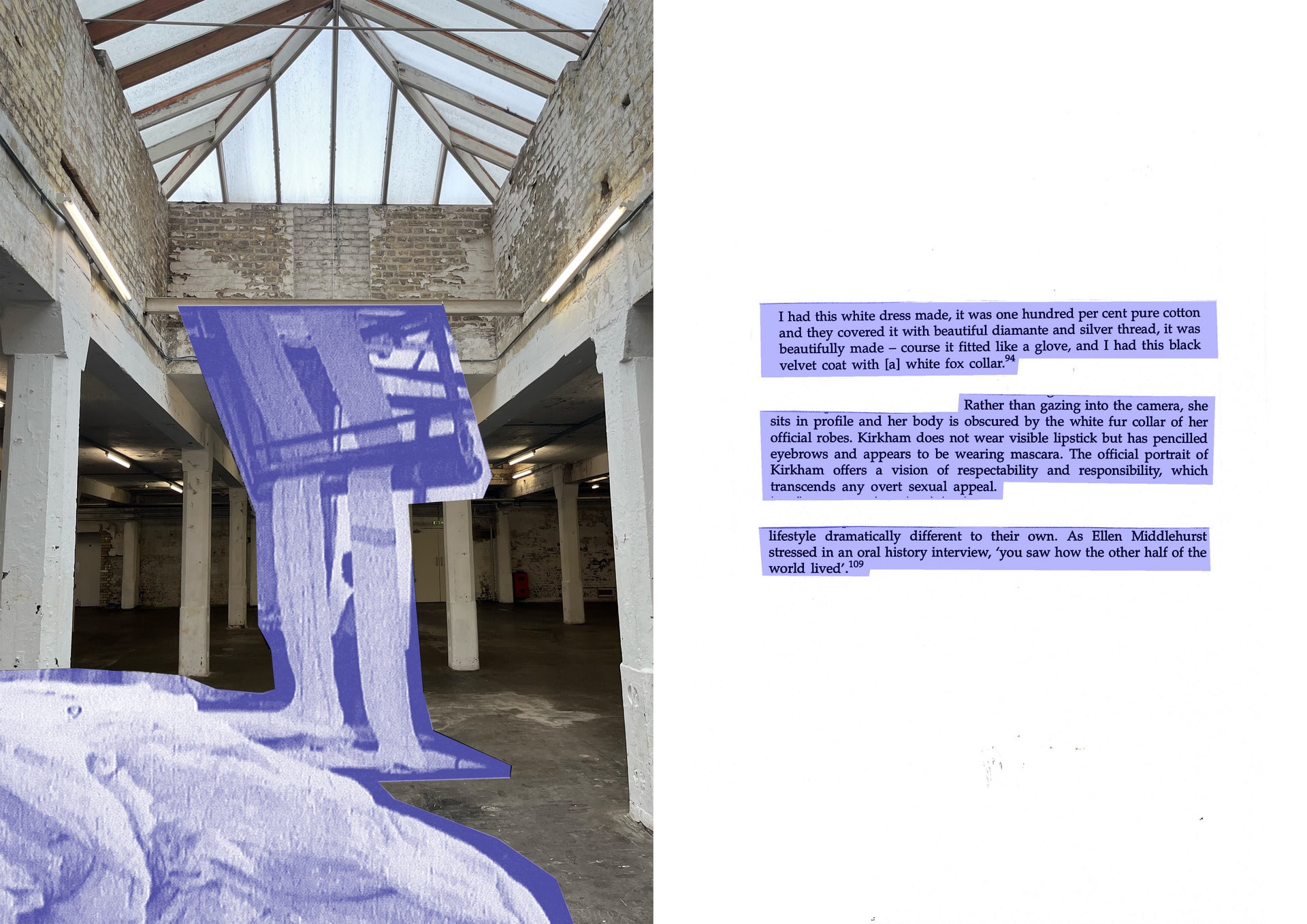Emily Tonge (she/her) is an interdisciplinary artist working at the intersection of sculpture, textiles and performance, from the North West of England, currently based in London.
Female stories of performativity, power and dress, are central to Emily's practise, by investigating structures and materials that exist in proximity to the body. She’s particularly fascinated by the in-between spaces and blurred lines created by these structures and the female body. This approach is underpinned by deep dives into heritage and archival research, to unpick how the past, frames the contemporary. Bringing to the surface neglected stories of importance, surrounding gender and class.
Emily received a full tuition fees scholarship as part of Burberry’s Design Scholarship programme (2022/23) and received additional funding from the Leather Sellers Livery Company during her MA. As a winner of The Arts of Fashion competition, she partook in the AoF Summer Masterclass (2021) in Paris with couture embroidery houses from Les Métiers d’Art. Has received featured in press with Puss Puss magazine (2021) and 1Granary (2020). And more recently exhibited work in collaboration with performance artist and designer Abbie Stirrup (2022).












